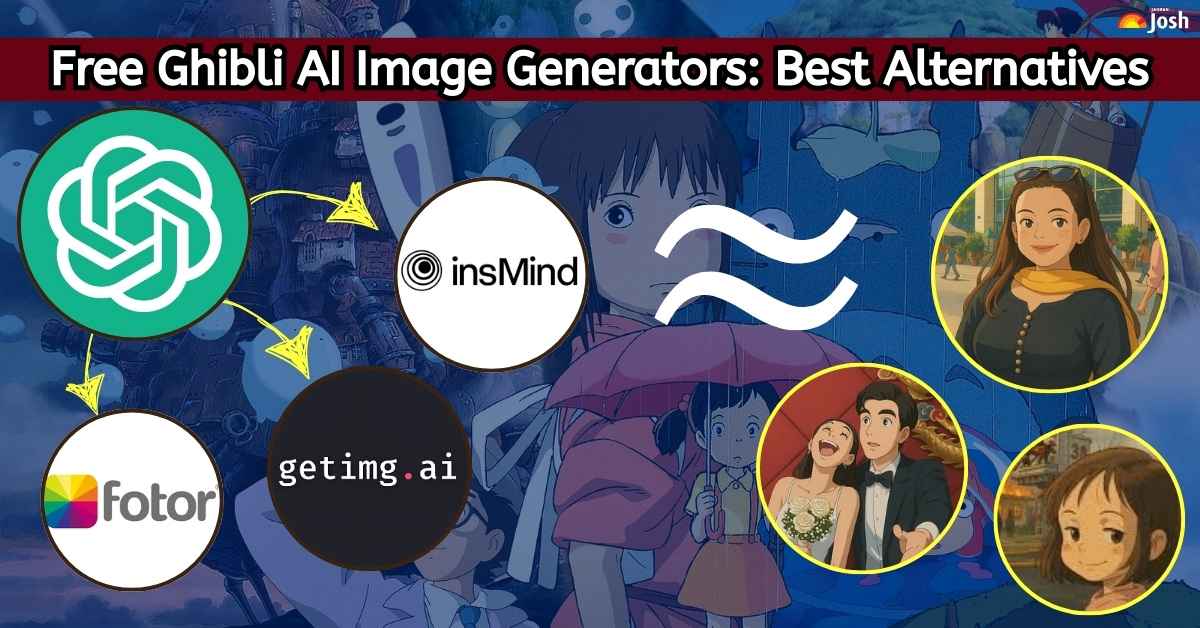 |
|
Studio Ghibli’s art style, renowned for its hand-drawn animation, soft colours, and magical settings, holds a special place in the hearts of animation enthusiasts worldwide. The studio's unique aesthetic, characterized by expressive characters, breathtaking landscapes, and a blend of fantasy and nature, has captivated audiences for decades. The meticulous attention to detail, emotional depth, and seamless integration of realism and whimsy define the Ghibli style, making it instantly recognizable and deeply immersive. Flying sequences, anthropomorphic creatures, and an unwavering focus on detail further contribute to its distinctiveness, evoking warmth and emotion in every frame. The legacy of Hayao Miyazaki and Studio Ghibli lies in their ability to create worlds that feel both fantastical and believable, fostering a profound connection between viewers and the stories they tell. This enchanting style has inspired countless artists and continues to influence the animation industry, setting a high standard for visual storytelling and artistic innovation. The article explores the accessibility of this iconic style through readily available and free AI tools, which allows users to generate Ghibli-esque art without subscriptions to services such as ChatGPT or Grok. The article provides an overview of several alternative platforms, guiding individuals on how to transform their own images into art reminiscent of Ghibli’s classic films.
What truly sets Studio Ghibli’s art style apart is its immersive realism, a technique where fantasy and realism intertwine to create worlds that feel both magical and believable. Hayao Miyazaki's philosophy emphasizes that even fictional worlds must possess a sense of realism to fully engage viewers. This approach is exemplified in films like Spirited Away, where the bathhouse, though fantastical, is rendered with such intricate detail that it feels tangibly real. Furthermore, the reverence for nature is a recurring theme in Ghibli films, with lush landscapes and intricate details that underscore humanity's connection to the environment. Films such as My Neighbor Totoro and Princess Mononoke beautifully balance aesthetic beauty with ecological themes, portraying nature as a central character in the narrative. Another key element is the simplicity in design, especially in character creation. Ghibli’s characters are designed with clarity, avoiding overcomplication, with facial features that are clean and uncluttered, featuring expressive yet understated eyes, noses, and mouths. This design choice makes the characters universally relatable and timeless. Similarly, clothing and accessories are simple yet purposeful, reflecting the character's personality or narrative significance without unnecessary ornamentation. The emphasis on hand-drawn animation, prioritizing traditional techniques over digital methods, lends an organic aesthetic to the films, enhancing the warmth and intimacy of each frame. This dedication to traditional animation imbues the visuals with a human touch that digital animation often struggles to replicate.
Emotional storytelling through visuals is another hallmark of Ghibli's artistry. The studio excels at conveying emotion through subtle details such as facial expressions, body language, and carefully chosen colour palettes. Many of the most powerful moments in Ghibli films are silent, relying on visual storytelling to convey deep emotional resonance. Backgrounds in Studio Ghibli films are not merely settings but integral narrative tools. They reflect the tone and themes of the story, often featuring symbolic elements that add depth to the narrative while maintaining a harmonious balance with the characters. The use of colour is also a crucial element. Vibrant palettes enhance mood and atmosphere, while muted tones convey introspection or sadness. Earthy colours in clothing and backgrounds complement the naturalistic aesthetic of the Ghibli worlds. Studio Ghibli’s art style is a unique cultural fusion, blending Japanese cultural elements with influences from old European animation. This synthesis creates an aesthetic that resonates globally, appealing to audiences from diverse cultural backgrounds. The article lists numerous free AI tools to generate Ghibli-Style Images. Grok, a free platform, enables users to transform their photos into Studio Ghibli-style portraits by uploading an image and entering a simple prompt. Fotor is another free platform that transforms images into Ghibli-style artwork, offering multiple style options. Getimg.ai supports Ghibli-style image generation for free, offering both text-to-image and image-to-image features. InsMind specializes in transforming photos into Ghibli-style artwork using a free AI filter, capturing the essence of Ghibli’s whimsical aesthetic.
Hugging Face hosts a Studio Ghibli model developed by IShallRiseAgain, tailored for generating artwork in the iconic Ghibli style, with emphasis on ethical usage. MidJourney, known for replicating complex artistic styles, offers 25 free image generations, allowing users to experiment with detailed prompts. DALL·E 3 supports Ghibli-style image generation through its advanced text-to-image capabilities and is available to ChatGPT Plus users, with occasional free access offered. Leonardo.AI is a versatile platform allowing users to generate Ghibli-style images for free with its text-to-image and image-to-image tools. Runway ML provides tools for creating Ghibli-style visuals using its AI-powered image-generation models and offers free credits for beginners. Stable Diffusion is an open-source AI model that supports the free creation of Studio Ghibli-style images through community-developed tools and platforms. The article also provides guidance on creating Ghibli-inspired art using AI, focusing on ChatGPT, along with ten prompts to generate Ghibli-style images. The instructions outline how to access ChatGPT, upload an image, and craft specific prompts to guide the AI in creating a Ghibli-style image. The provided prompts include phrases like, 'Transform this photo into Studio Ghibli animation style with vibrant colours, soft lighting, and the characteristic whimsical feel of Miyazaki films' and 'Create a Ghibli-inspired scene with rolling hills, fluffy clouds, and a whimsical forest.' These prompts demonstrate the specificity required to achieve desired results, emphasizing the importance of detailed instructions in AI image generation. Overall, the article serves as a valuable resource for those seeking to explore the intersection of AI and art, specifically in replicating the beloved aesthetic of Studio Ghibli. By providing an overview of free AI tools and practical prompts, it empowers users to unleash their creativity and produce stunning visuals in the style of one of animation's most iconic studios.
Source: Ghibli AI Image Generator: List of FREE Alternatives Apps and Websites Other Than ChatGPT and Grok
